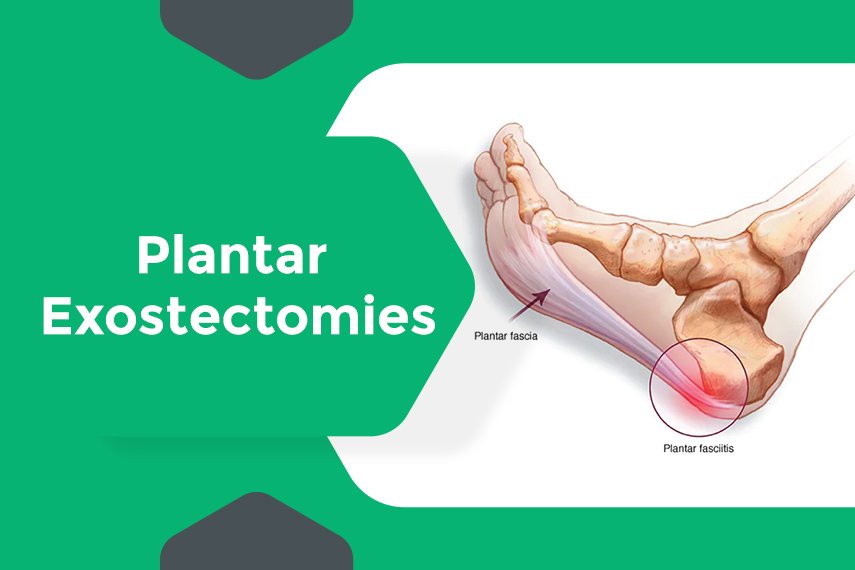Plantar Exostectomies

Introduction
Plantar exostectomies are surgical procedures performed to remove bone spurs or excess bone growth on the plantar (bottom) aspect of the foot. These growths can cause significant pain and discomfort, especially when walking or standing. At Surat Diabetic Foot Care, we offer expert plantar exostectomies to alleviate pain and improve foot function.
Signs & Symptoms
-
Persistent pain in the bottom of the foot
-
Swelling and tenderness
-
Difficulty in walking or standing
-
Noticeable bone protrusions
When to Consult a Doctor
-
Persistent pain and discomfort in the foot
-
Difficulty in walking or performing daily activities
-
If conservative treatments like medication and orthotics do not provide relief
-
If you have diabetes or other underlying conditions
Treatment Offered
Our plantar exostectomy treatments include:
- Surgical Removal of Bone Spurs: Removing the bone spurs or excess bone growth through a small incision.
- Debridement: Cleaning and smoothing the affected area to prevent recurrence.
- Post-Operative Care: Providing guidance on proper foot care and rehabilitation to ensure successful recovery.
